order histories, retained contact details for faster checkout, review submissions, and special promotions.
Forgot password?
order histories, retained contact details for faster checkout, review submissions, and special promotions.
Location
Corporate Headquarters
Vector Laboratories, Inc.
6737 Mowry Ave
Newark, CA 94560
United States
Telephone Numbers
Customer Service: (800) 227-6666 / (650) 697-3600
Contact Us
Additional Contact Details
order histories, retained contact details for faster checkout, review submissions, and special promotions.
Forgot password?
order histories, retained contact details for faster checkout, review submissions, and special promotions.
IL9
interleukin 9
IL9 is a cytokine that acts as a regulator of a variety of hematopoietic cells. This cytokine stimulates cell proliferation and prevents apoptosis. It functions through the interleukin 9 receptor (IL9R), which activates different signal transducer and activator (STAT) proteins and thus connects this cytokine to various biological processes. The gene encoding this cytokine has been identified as a candidate gene for asthma. Genetic studies on a mouse model of asthma demonstrated that this cytokine is a determining factor in the pathogenesis of bronchial hyperresponsiveness.
| Gene Name: | interleukin 9 |
| Family/Subfamily: | IL-7/ IL-9 , not assigned-IL-7/ IL-9 |
| Synonyms: | IL9, Cytokine P40, IL-9, Interleukin-9, HP40, p40 cytokine, Interleukin 9, T-cell growth factor P40, p40 |
| Target Sequences: | NM_000590 NP_000581.1 P15248 |
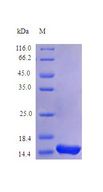
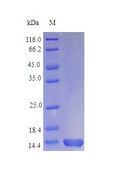
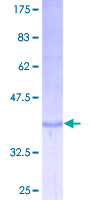
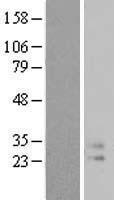

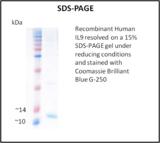
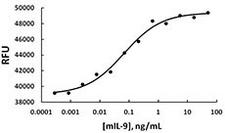


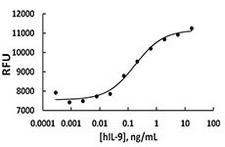

If you do not find the reagent or information you require, please contact Customer.Support@LSBio.com to inquire about additional products in development.









